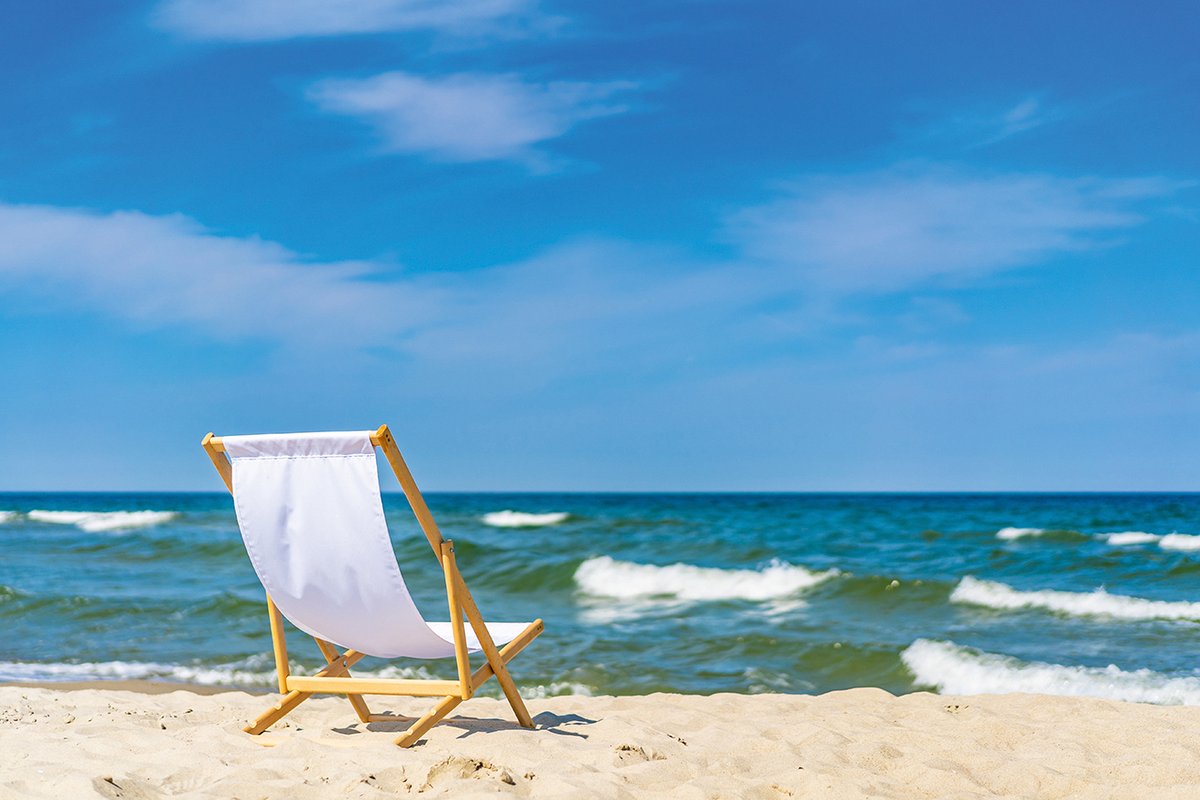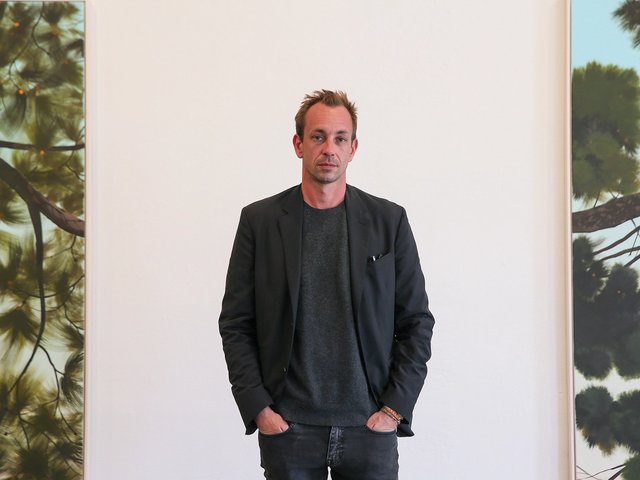Ever since the art market shifted into a lower gear around two and a half years ago, sellers have been under pressure to re-evaluate many aspects of how they do business. One dilemma has been whether galleries should take—or skip—an extended August break. My conversations with a cross-section of dealers operating in the US and the wider Americas suggest that, like so much else about the trade during this period, there is no consensus on the subject as we enter a third summer of softer demand.
The most consistent theme seems to be that business in 2025 has been neither bad nor good enough to convince most dealers to take radical action this season. Instead, how to handle August—still the premier month for extended leisure travel among the global north’s metropolitan upper classes—remains a personal choice. It is influenced by factors as diverse as workload, geography, cultural heritage and the summer migration patterns of the wealthy buyers who keep this industry running.
“We have a globally diverse collector base,” says Wendi Norris, whose eponymous gallery is in San Francisco. “So while in autumn and spring that might entail meeting collectors in New York and London, during the summer that means spending time in Napa or Aspen or the Hamptons to meet our collectors where they are.”
Tourist traffic
Despite the strong incentive to concentrate on hitting the road in August, however, Norris’s dealership will also continue its programme without interruptions. “The summer break (and adjusted hours) for galleries seems to be a uniquely European and New York phenomenon, and to my knowledge it is rare for California-based galleries to close during the summer,” she tells The Art Newspaper by email. She cites the increased traffic from tourists, particularly Europeans, on holiday to the Bay Area as one reason her business must stay ready.
“Coming from Latin America, the idea of a long summer break was never part of our rhythm,” says Omayra Alvarado-Jensen, the executive director of Instituto de Visión, with locations in Bogotá and Manhattan. “Instead, we tend to take longer breaks at the end of the year, which fits more naturally with our cultural cycles.”
This doesn’t mean Alvarado-Jensen’s gallery will operate as normal straight through the summer season, however. Instituto de Visión plans to shut its doors for three weeks, from 28 July to 18 August. Alvarado-Jensen adds that she and her colleagues are “definitely developing strategies to navigate the slower pace in summer sales, and we’re using this time as an opportunity to focus on forthcoming curatorial projects for the autumn”.
Scaling back
Other dealers are putting their programmes on ice for longer stretches of the hot months. Europa gallery, in Manhattan’s Dimes Square micro-neighbourhood, will close to the public for the entirety of August—though staff will work remotely to prepare for the autumn season.
“I’m not sure where my peers are at, but I am personally burnt out and need the time to regroup and thoughtfully plan what I think is important to show,” says Pali Kashi, Europa’s director, of the extended summer closure. “There is too much filler in the art world right now, and I am trying my best not to contribute to that.”
“It definitely feels like a Catch-22,” says Davida Nemeroff, the owner of Los Angeles’s Night Gallery, of opting to take a break in a wobbly economy. (Her two venues will go dark for just one week in late August). “Operating a gallery is expensive, so there’s strategic value in having a slower summer to reduce costs and scale back programming. However, if you’re like me and love producing exhibitions, every idea feels worth considering—you just have to be more creative about how they come to life.”
Offsite pop-ups
Multiple dealers are offsetting their actual or assumed summer closures by launching temporary projects in alternative venues. Night Gallery, for instance, has partnered with the non-profit Arsenal Contemporary Art to present a group exhibition at the latter’s New York location until 22 August. Gallery Wendi Norris will debut what its founder calls “a significant exhibition by a major 20th-century artist” at an offsite location in July.
Nemeroff describes running a gallery as “a constant creative exercise in survival”. As any good personal trainer will tell you, knowing when to rest and recuperate is essential when it comes to staying in fighting shape for the long term.
That is especially true in the current moment. As Kashi puts it: “The unsteady state of the art economy forces us all to focus on quality and not quantity, and I think it’s a good thing.”



